Palettes and Mixing Trays: A Guide for Artists
As an artist, your tools are your lifeline to creativity, and among those tools, palettes and mixing trays hold a special place. They are not just surfaces to hold color; they are the very foundation upon which your artistic vision comes to life. Whether you're a seasoned professional or just starting your artistic journey, understanding the different types of palettes and mixing trays available can significantly enhance your painting experience. This guide will navigate you through the myriad options, helping you select the right tools tailored to your unique style and medium.
When it comes to palettes, variety is the spice of life! Different palettes serve different purposes, and knowing which one to choose can make a world of difference in your art. Let's dive into the most common types:
- Wooden Palettes: Timeless and classic, these palettes are favored for their durability and aesthetic charm.
- Plastic Palettes: Lightweight and easy to clean, perfect for artists on the go.
- Glass Palettes: Offer a smooth surface for mixing and are incredibly easy to maintain.
Each type of palette has its specific advantages, making them suitable for different painting styles. For instance, wooden palettes are often preferred by oil painters due to their ability to absorb excess oil, while plastic palettes are great for watercolor artists who need something lightweight and portable.
Picking the right palette is crucial for your workflow. Imagine trying to paint a masterpiece on a surface that doesn't feel right—frustrating, right? When selecting a palette, consider factors such as size, material, and your personal preference. A larger palette might be necessary for extensive color mixing, while a smaller one could be more manageable for quick sketches. Ultimately, the right palette should feel like an extension of your creative self.
Wooden palettes have been a favorite among artists for centuries. Their durability and aesthetic appeal make them a staple in many studios. The natural wood grain not only looks beautiful but also provides a warm surface that many artists find inspiring. Additionally, wooden palettes are excellent for oil paints, as they can absorb some of the oil, preventing the paint from becoming too slick.
To keep your wooden palette in tip-top shape, proper care is essential. Here are some best practices:
- Clean your palette immediately after use to prevent paint from hardening.
- Use a gentle soap and water solution for cleaning; avoid harsh chemicals.
- Store your palette in a dry place to prevent warping.
By following these simple steps, you can extend the life of your wooden palette and continue to enjoy its benefits for years to come.
Beyond their durability, wooden palettes offer unique benefits that can enhance your artistic experience. The warmth and texture of the wood can create a more intimate connection between the artist and the artwork. Furthermore, the slight absorbency of the wood allows for a more controlled mixing experience, helping you achieve the perfect hue without the paint slipping around too much.
On the other side of the spectrum, plastic and glass palettes are gaining popularity, especially for their ease of use and cleaning. Plastic palettes are lightweight, making them perfect for outdoor painting sessions, while glass palettes provide a smooth surface that’s easy to clean. However, they can be heavier and more prone to breaking, so consider your working environment when choosing between the two.
Mixing trays are essential for artists who work with various mediums. They provide a dedicated space for blending colors, ensuring that your palette remains uncluttered. There are different types of mixing trays, including flat trays for acrylics and deeper trays for oils. Each type serves its specific application in art-making, allowing for creativity without the chaos.
When selecting a mixing tray, consider the size, shape, and material. A larger tray might be beneficial for mixing large quantities of paint, while a smaller one could suffice for quick projects. The shape can also influence your mixing process; for example, a rectangular tray might be better for spreading out colors, while a round one could facilitate swirling techniques.
Artists can employ various techniques to mix colors effectively. From using palette knives to achieve textured blends to experimenting with unconventional tools like sponges or even fingers, the possibilities are endless. Embrace your creativity and explore innovative methods to achieve unique color blends and textures in your artwork.
Q1: What is the best material for a palette?
A1: It depends on your medium and personal preference. Wooden palettes are great for oil paints, while plastic and glass palettes are ideal for acrylics and watercolors.
Q2: How do I clean my palette?
A2: For wooden palettes, use a gentle soap and water solution. For plastic and glass, you can use soap or even a paint thinner for tougher stains.
Q3: Can I use a mixing tray for all mediums?
A3: While mixing trays can be versatile, it's best to choose one that complements the specific medium you're working with for optimal results.
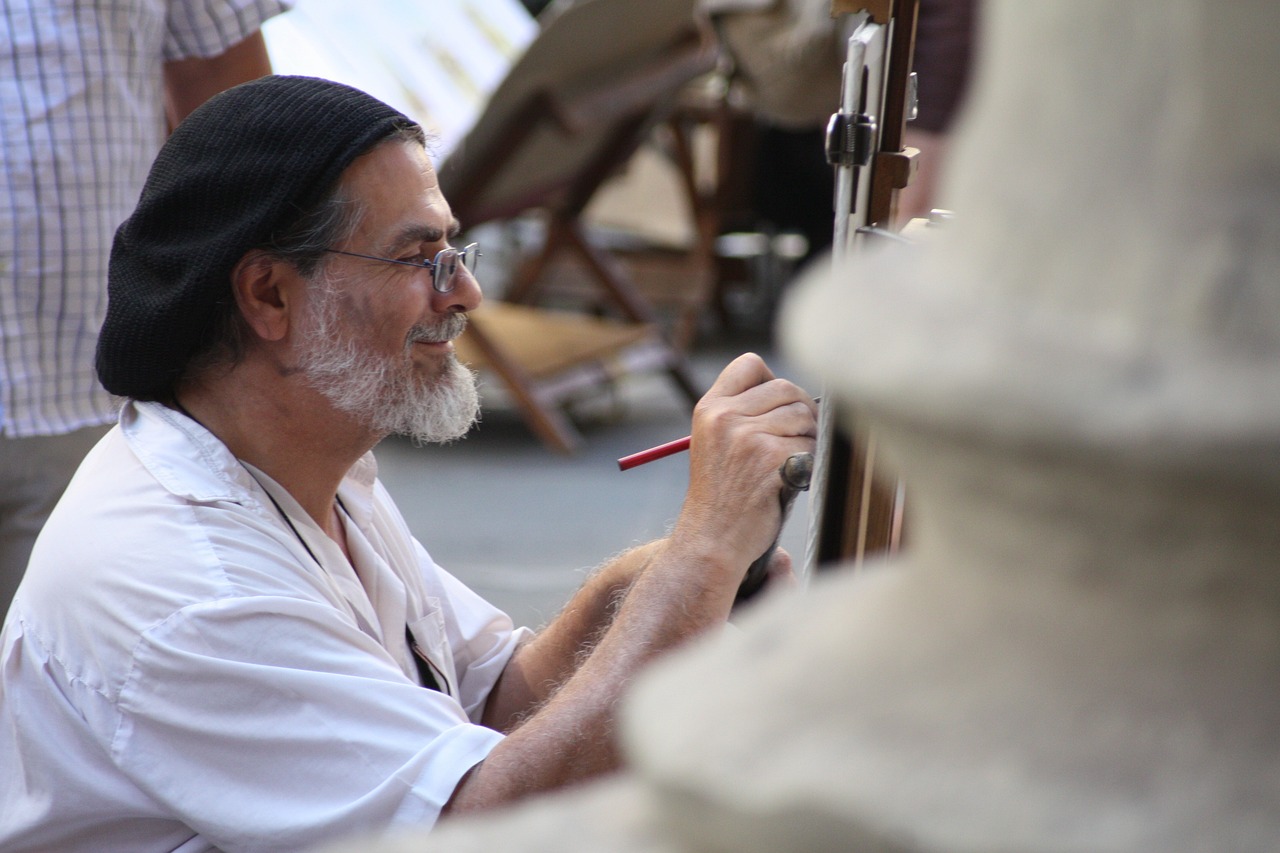
Types of Palettes
When it comes to painting, the **palette** is more than just a flat surface to hold colors; it’s an integral part of the artist's toolkit that can significantly influence the creative process. Different palettes serve different purposes, and understanding the various types available can help artists choose the right one for their specific needs. Let’s dive into the most common types of palettes: wooden, plastic, and glass, each with its own unique advantages tailored for various painting styles.
Wooden Palettes are the classic choice for many artists. They are often favored for their durability and the natural feel they provide. The warmth of wood can make the painting experience more intimate, allowing artists to connect with their materials on a deeper level. These palettes can come in various shapes and sizes, allowing for flexibility depending on the artist's technique. The texture of wood can also help in mixing paints, as the surface can grip the paint better than smoother materials.
On the other hand, Plastic Palettes have gained popularity due to their lightweight nature and ease of cleaning. They are often less expensive than wooden palettes and are available in a variety of colors, which can be beneficial for artists who prefer a specific aesthetic. However, one downside is that they can sometimes feel less stable, especially when mixing heavier paints. Despite this, their practicality makes them a go-to for many artists, especially those who are just starting out.
Glass Palettes offer a sleek and modern alternative. They are easy to clean and provide a smooth surface that allows for precise mixing. The transparency of glass can also be advantageous, as artists can see the true colors they are working with, making it easier to achieve the desired shade. However, glass palettes can be heavy and may require careful handling to avoid breakage. Artists who work with oil paints often prefer glass palettes because they do not absorb oils like wood can.
To summarize the key differences, here’s a quick comparison:
| Type | Advantages | Disadvantages |
|---|---|---|
| Wooden | Durable, aesthetic appeal, good texture for mixing | Requires maintenance, can absorb paint |
| Plastic | Lightweight, easy to clean, affordable | Less stable for mixing, can feel less premium |
| Glass | Sleek, easy to clean, allows for precise color mixing | Heavy, can break easily |
In conclusion, the type of palette an artist chooses can greatly affect their painting experience. Whether you lean towards the traditional warmth of a wooden palette, the practicality of plastic, or the modern elegance of glass, each option has its own set of characteristics that can enhance your artistry. The key is to experiment and find the palette that feels right for you, as this will ultimately support your creative flow and expression.
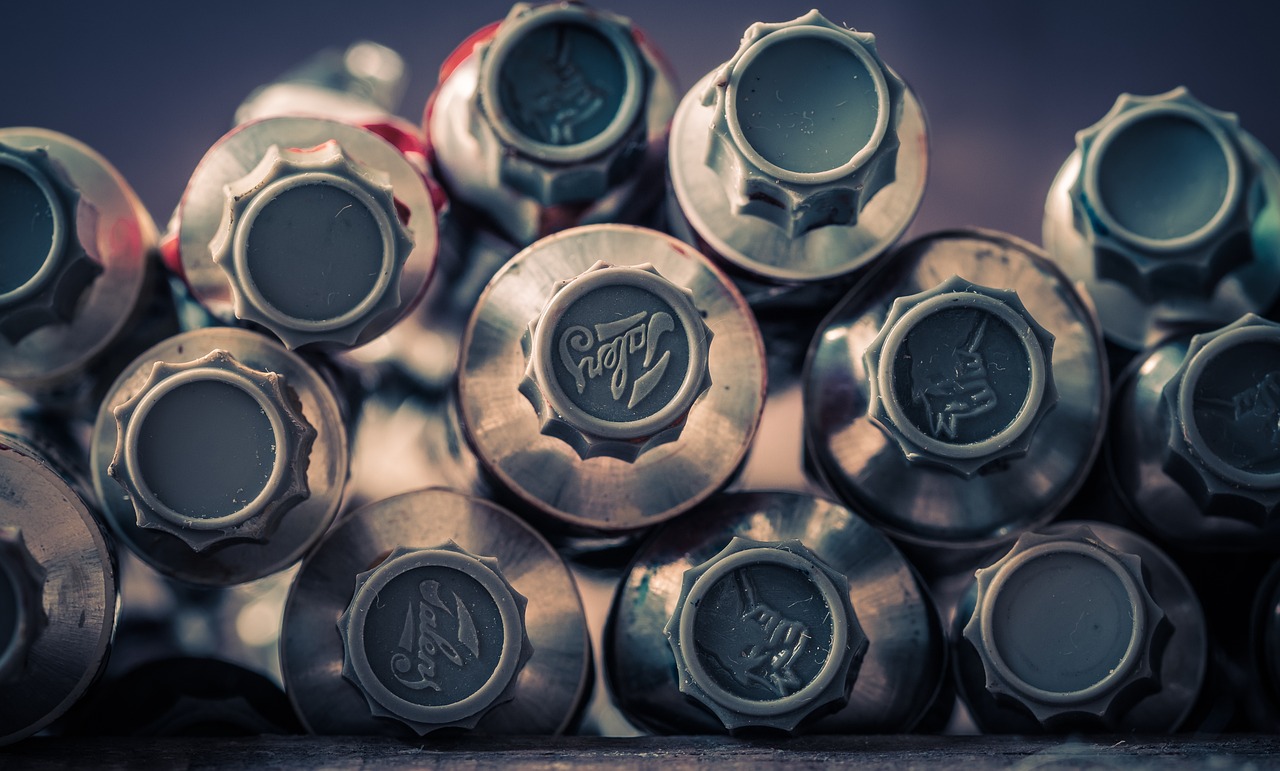
Choosing the Right Palette
When it comes to painting, the palette you choose can make a world of difference in your creative process. Think of it as the stage where your colors come to life, influencing not only how you blend but also how you feel while working. So, how do you select the right palette? Well, it boils down to a few key factors that can enhance your painting experience and ultimately your artwork.
First off, consider the size of the palette. A larger palette might seem appealing, offering more space for mixing colors, but it can also be cumbersome, especially if you're working in a small studio or outdoors. On the other hand, a smaller palette is portable and easy to manage but may limit your mixing capabilities. Finding a balance that suits your style and workspace is essential. For instance, if you often paint in public spaces, a compact palette could be your best friend.
Next, let's talk about material. Each material has its own set of characteristics that can affect your painting. Wooden palettes, for example, are beloved for their traditional feel and warmth, while plastic palettes are favored for their lightweight nature and ease of cleaning. Glass palettes, on the other hand, offer a smooth surface that can be wiped clean effortlessly. Think about your painting technique and how each material might enhance or hinder your process. Are you a messy painter who needs something easy to clean? Or do you prefer the tactile experience of wood?
Another crucial aspect is personal preference. Just like choosing a favorite brush or paint, your palette should resonate with you. Some artists enjoy the rustic charm of a well-worn wooden palette, while others might gravitate towards the sleek, modern look of a glass palette. It's all about what feels right in your hands and what inspires you to create. Don't hesitate to try out different types; sometimes, the best way to find your ideal palette is through experimentation.
Lastly, consider the techniques you plan to use. If you're working with wet-on-wet techniques, a palette with a larger mixing area will be beneficial. Conversely, if you’re focusing on detail work, a smaller, more defined space might serve you better. Understanding your artistic needs will guide you in making a more informed choice.
In summary, choosing the right palette is a personal journey that combines size, material, and your unique artistic style. Take your time to explore different options, and don’t be afraid to switch it up as your techniques evolve. After all, a well-chosen palette can transform your painting experience from mundane to magical, allowing your creativity to flow freely.

Wooden Palettes
When it comes to the world of art, have long been cherished as a classic choice among artists. Their natural beauty and tactile quality make them not just tools, but an extension of the artist's creative expression. Imagine standing in front of your canvas, colors swirling around you, and the rich texture of a wooden palette in your hands—it’s an experience that plastic or glass simply can’t replicate. The warmth of the wood can inspire creativity, making it a favorite for many who prefer traditional methods of painting.
One of the most significant advantages of wooden palettes is their durability. Unlike their plastic counterparts, which can warp or degrade over time, wooden palettes are built to last. They can withstand the rigors of daily use, making them a reliable choice for both amateur and professional artists. Furthermore, wooden palettes are often handmade, providing a unique aesthetic that can vary from one piece to another. This variability adds a personal touch to the artist's toolkit.
Another appealing feature of wooden palettes is their ability to absorb moisture. This characteristic is particularly beneficial when working with oil paints, as it helps to maintain the right consistency of the paint over time. The wood can hold onto some of the oils, allowing for a smoother mixing process. However, this does mean that wooden palettes require a bit more care than their plastic or glass counterparts.
For those who are new to using wooden palettes, here are a few tips to enhance your experience:
- Choose the Right Size: Depending on your painting style, you may prefer a larger palette for mixing or a smaller one for quick sketches.
- Experiment with Different Woods: Different types of wood, like birch or maple, can provide varying textures and colors that may inspire your work.
- Personalize Your Palette: Some artists like to sand their palettes down to create a smooth surface, while others prefer a rougher texture for better paint adherence.
In summary, wooden palettes offer a unique blend of functionality and aesthetic appeal, making them a beloved choice for artists across the globe. Their tactile nature, durability, and moisture-absorbing properties create an ideal environment for mixing and applying paint. Whether you're a seasoned painter or just starting your artistic journey, a wooden palette can enhance your creative process and bring your artistic visions to life.
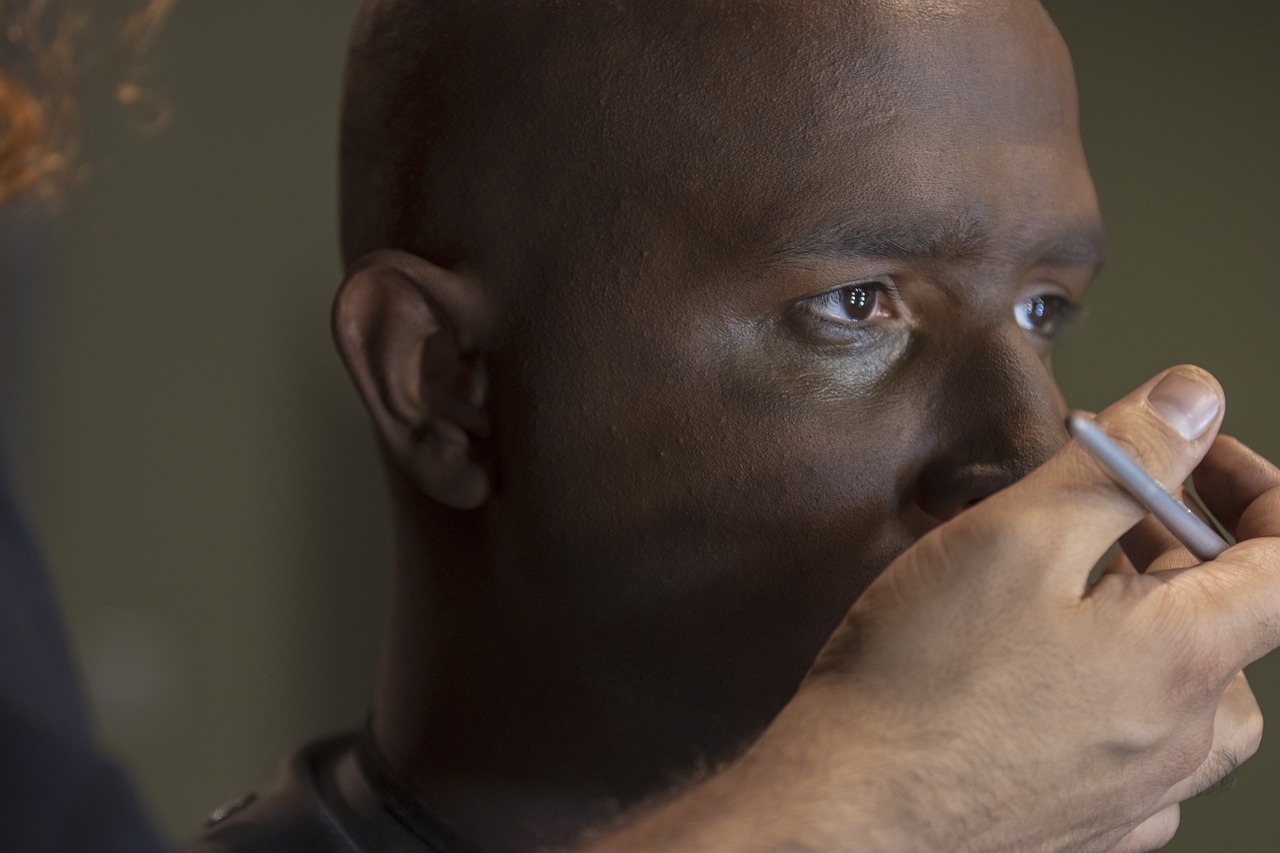
Maintenance of Wooden Palettes
Taking care of your wooden palette is not just about keeping it clean; it’s about preserving a tool that has likely been with you through countless creative journeys. The warmth and character of wood can enhance your painting experience, but without proper maintenance, it can become a shadow of its former self. Here are some essential tips to keep your wooden palette in top shape:
First and foremost, always clean your palette immediately after use. Dried paint can be a nightmare to remove and may even damage the wood over time. Use a palette knife to scrape off excess paint, and then wipe it down with a damp cloth. For stubborn spots, a gentle soap solution can work wonders. However, avoid soaking the palette in water, as this can warp the wood.
Next, consider applying a food-safe mineral oil or a specialized wood conditioner periodically. This not only helps to maintain the wood’s natural beauty but also creates a protective barrier against moisture and paint stains. Just a small amount rubbed in can go a long way in preserving your palette's integrity.
Lastly, store your palette in a dry place, away from direct sunlight or extreme temperatures. Wood can expand and contract, leading to cracks or warping. By treating your wooden palette with care, you’ll ensure it remains a reliable companion in your artistic endeavors for years to come.
In summary, maintaining your wooden palette involves:
- Immediate cleaning after use
- Applying mineral oil regularly
- Proper storage away from extreme conditions
By following these simple yet effective maintenance tips, you can keep your wooden palette looking great and performing well, allowing you to focus on what truly matters: creating stunning art!
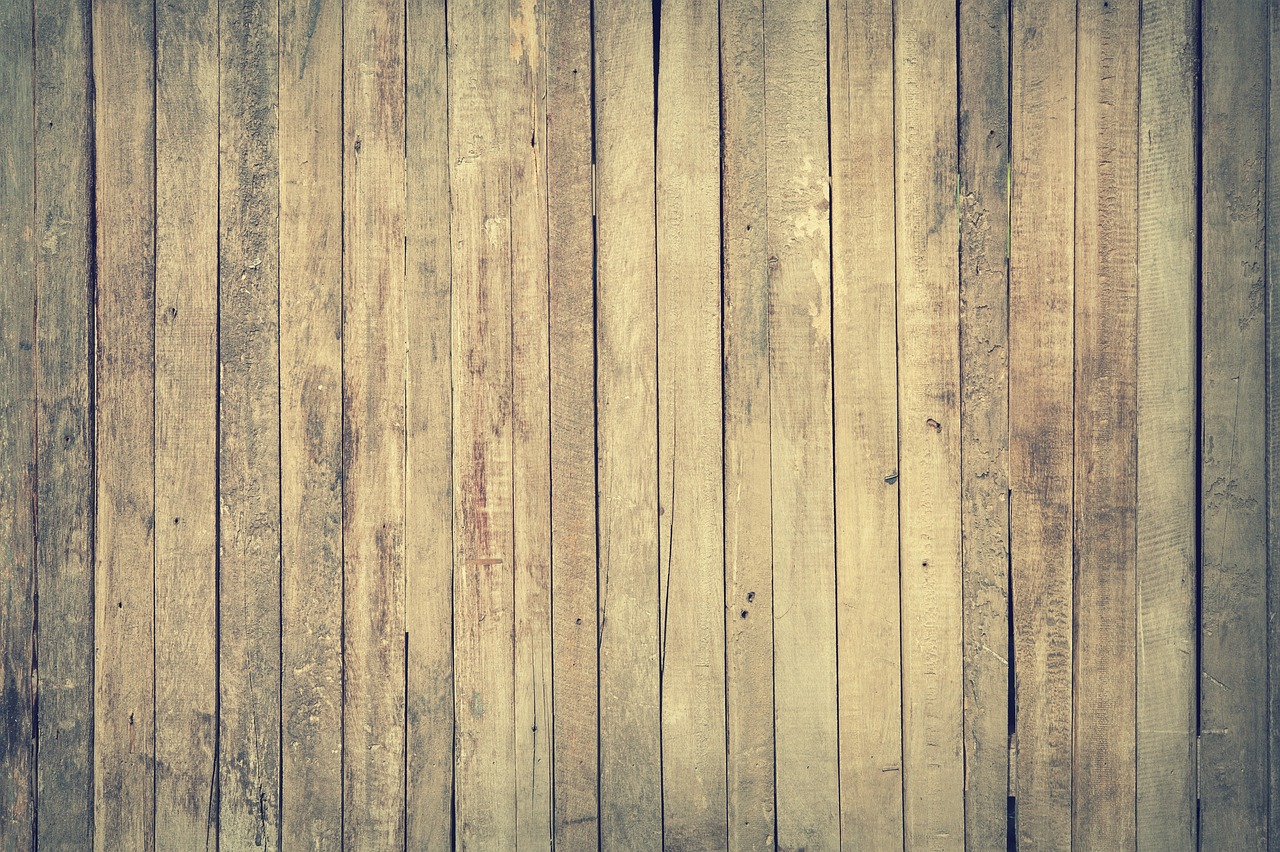
Benefits of Wooden Palettes
When it comes to selecting a palette, many artists gravitate towards wooden palettes for a multitude of reasons. One of the most significant benefits is their durability. Unlike plastic or disposable options, wooden palettes can withstand the rigors of daily use, making them a long-term investment for serious artists. This durability means that they can be used for years, often improving with age as they develop a unique patina that tells the story of countless creative sessions.
Another advantage of wooden palettes is their aesthetic appeal. The natural grain of the wood brings a touch of elegance to any artist's workspace, creating an inspiring environment that can enhance creativity. Imagine standing in front of your easel, the warm tones of your wooden palette reflecting the colors of your paints; it’s a sensory experience that can elevate your artistic process.
Wooden palettes also offer a unique texture that can influence the way paint behaves. The porous surface of wood can absorb some moisture, which can help with paint application, allowing for smoother blends and transitions. This characteristic is particularly beneficial when working with oil paints, as it can help maintain the integrity of the paint while mixing. The tactile experience of mixing colors on wood can be more satisfying than on slick surfaces, providing a sense of connection to your materials.
Additionally, wooden palettes are eco-friendly, especially when sourced from sustainable materials. By choosing a wooden palette, artists can feel good about their environmental impact, supporting sustainable practices in the art community. This choice not only benefits the artist but also contributes to a healthier planet.
In terms of maintenance, while wooden palettes may require a bit more care than their plastic counterparts, the effort is often worth it. A simple wash with soap and water, followed by thorough drying, can keep a wooden palette in excellent condition. Some artists even enjoy the ritual of cleaning their palettes, finding it a meditative practice that prepares them for their next creative endeavor.
In summary, the benefits of using wooden palettes are numerous. From their durability and aesthetic appeal to their unique texture and eco-friendliness, these palettes can significantly enhance the painting experience. Whether you’re a seasoned artist or just starting, investing in a quality wooden palette can be a game-changer in your artistic journey.
- How do I clean my wooden palette? Cleaning a wooden palette is straightforward; use soap and warm water, then dry it thoroughly to prevent warping.
- Can I use a wooden palette for acrylic paints? Yes, wooden palettes can be used for acrylic paints, but be aware that they may require more frequent cleaning due to the quick drying time of acrylics.
- What is the best type of wood for palettes? Birch and maple are popular choices for wooden palettes due to their durability and smooth surfaces.
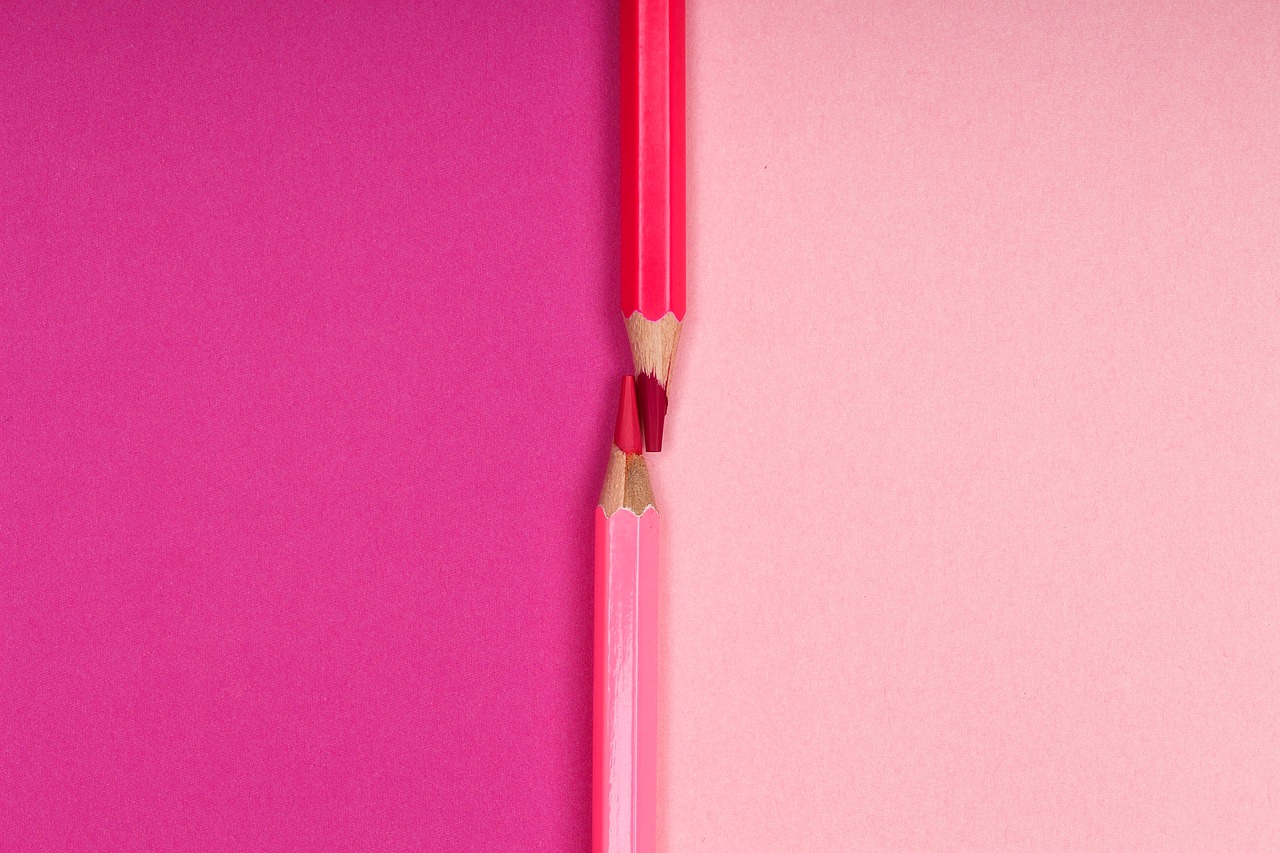
Plastic and Glass Palettes
When it comes to choosing a palette, have gained popularity among artists for their practicality and ease of use. These palettes offer a modern alternative to traditional wooden options and come with their own set of unique advantages. For instance, plastic palettes are typically lightweight and durable, making them perfect for artists who are always on the go. Their non-porous surface prevents paint from soaking in, which means you can easily wipe them clean after a session. This feature is especially beneficial for those who work with acrylics, as acrylic paint can dry quickly and become challenging to remove from other surfaces.
On the other hand, glass palettes provide a sleek and elegant option that many artists adore. The smooth surface of a glass palette allows for easy mixing and blending of colors, giving artists the freedom to experiment without worrying about the palette absorbing any of the pigments. Additionally, glass palettes can be placed on top of a white or light-colored surface, enhancing visibility and making it easier to see the true colors of the paint. This is particularly useful when mixing subtle shades or when working on detailed pieces where color accuracy is crucial.
However, it's important to note that while both plastic and glass palettes have their perks, they also come with a few drawbacks. For instance, glass palettes can be heavy and fragile, making them less ideal for outdoor painting or travel. A drop could result in a shattered palette, which is a nightmare for any artist. Plastic palettes, while lighter, can sometimes warp or scratch over time, especially if they are not handled with care. Therefore, understanding the pros and cons of each material is essential when deciding which palette suits your artistic style best.
When selecting between plastic and glass palettes, consider factors such as your painting medium, the type of work you do, and your personal preferences. Here’s a quick comparison to help you make an informed decision:
| Feature | Plastic Palettes | Glass Palettes |
|---|---|---|
| Weight | Lightweight | Heavier |
| Durability | Durable but can warp | Fragile, can shatter |
| Cleaning | Easy to clean | Easy to clean |
| Mixing Surface | Non-porous | Smooth and reflective |
| Visibility | Varies by color | Excellent with light background |
Ultimately, whether you choose a plastic or glass palette will depend on your personal style and the specific demands of your art practice. Both options have their own charm and functionality, making them valuable tools in the artist's kit. So, next time you’re out shopping for art supplies, consider giving these modern palettes a try!
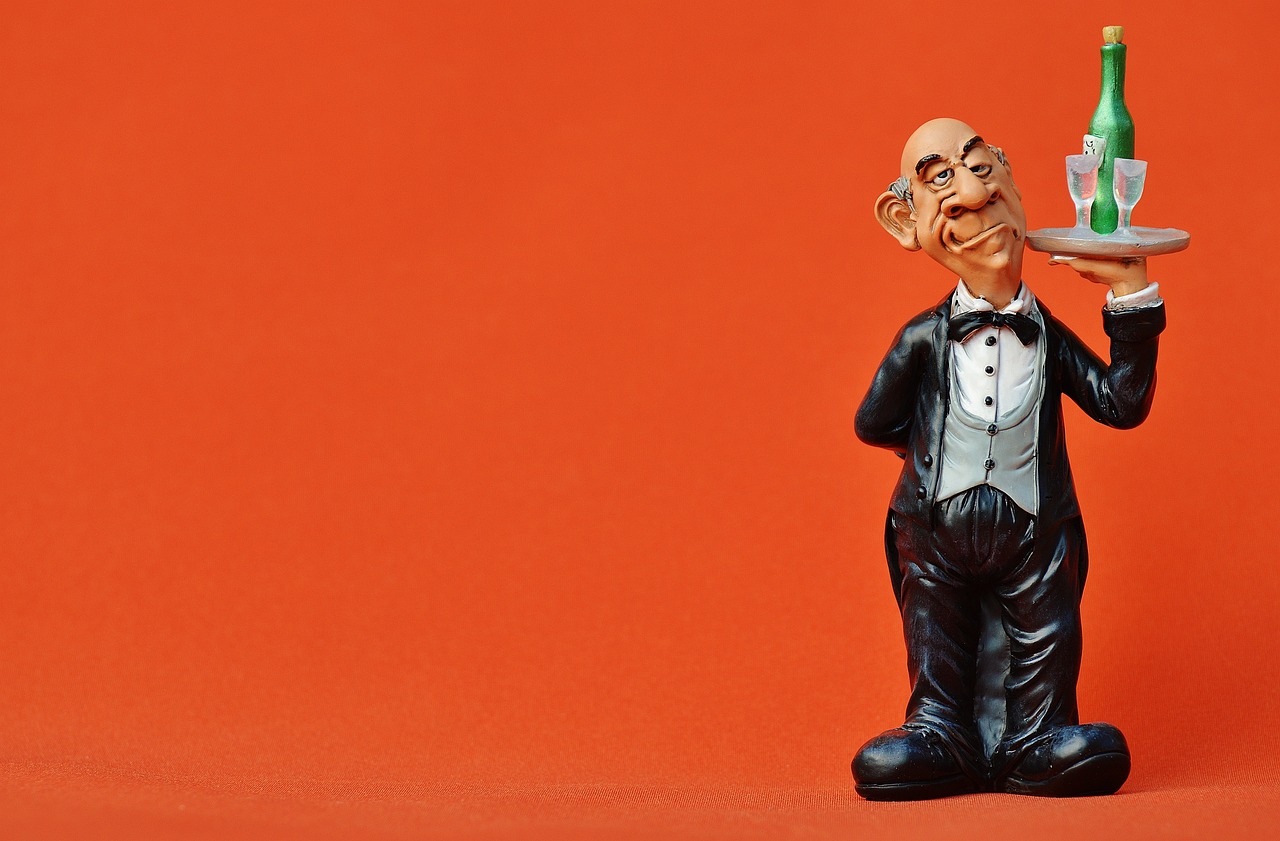
Mixing Trays: An Overview
When it comes to creating stunning artwork, the tools you use can make a world of difference. Mixing trays are indispensable for artists, serving as the unsung heroes of the color blending process. These trays come in various shapes and sizes, tailored to meet the diverse needs of different mediums, from watercolors to acrylics and oils. They provide a dedicated space for artists to experiment, blend, and create unique color combinations that bring their visions to life.
Mixing trays can be categorized into several types, each with its unique advantages. For instance, plastic trays are lightweight and easy to clean, making them a popular choice for artists who frequently switch colors. On the other hand, ceramic trays offer a smooth surface that can enhance the mixing process, allowing for a more even blend. Metal trays are also an option, particularly valued for their durability and resistance to staining. Regardless of the material, the right mixing tray can significantly enhance your workflow and artistic expression.
One of the key factors to consider when selecting a mixing tray is its size. A larger tray can accommodate more colors, making it ideal for complex projects, while a smaller tray is perfect for quick sketches or smaller pieces. Additionally, the shape of the tray can influence your mixing technique. For instance, a shallow tray allows for easier access to mixed colors, while deeper trays may be better suited for larger quantities of paint.
Another important consideration is the material of the mixing tray. Different materials can affect how paint interacts with the surface. For example, some artists prefer the non-porous surface of glass trays, which prevents paint from soaking in and allows for easy cleanup. Others might lean towards wooden trays, which can absorb some moisture and create a unique texture for mixing. Ultimately, the choice of material often comes down to personal preference and the specific needs of the project at hand.
Moreover, mixing trays can be used in innovative ways that go beyond mere color blending. Artists often employ various techniques to maximize their mixing trays' potential. For instance, some may use a palette knife to scrape and mix colors, while others might incorporate unconventional tools like sponges or brushes to achieve different textures. This experimentation can lead to exciting outcomes, transforming the mixing tray into a playground for creativity.
In summary, mixing trays are vital tools for any artist looking to enhance their color mixing process. With various types available, it's essential to choose one that aligns with your artistic style and the mediums you work with. Whether you prefer the ease of plastic, the elegance of ceramic, or the durability of metal, the right mixing tray can elevate your art-making experience and help you achieve stunning results.
- What is the best material for a mixing tray? The best material depends on your personal preference and the type of paint you use. Plastic trays are great for ease of use, while ceramic trays offer a smooth mixing surface.
- How do I clean my mixing tray? Cleaning methods vary by material. Generally, warm soapy water works well for plastic and ceramic trays, while metal trays can often be wiped clean with a cloth.
- Can I use a mixing tray for different types of paint? Yes, but it's advisable to clean the tray thoroughly between uses to avoid unwanted color mixing.
- What size mixing tray should I get? The size of the mixing tray you choose should depend on the scale of your projects. Larger trays are better for extensive color mixing, while smaller trays are perfect for quick studies.

Choosing the Right Mixing Tray
When it comes to mixing trays, the right choice can significantly influence your artistic process. Just like choosing the perfect paintbrush or canvas, selecting a mixing tray involves considering various factors that can enhance your creativity. First and foremost, think about the size of the tray. If you're working on large canvases, a bigger tray allows for more color mixing without the need for constant refilling. On the other hand, if you're focusing on detailed work or smaller projects, a compact tray might be more suitable.
Next, let's talk about shape. Mixing trays come in various shapes, including rectangular, circular, and even palette-style designs. Each shape has its own benefits. For instance, a rectangular tray provides ample space for mixing multiple colors side by side, while a circular tray can be more convenient for quick access to colors as you work. Think about your painting style and how you like to organize your colors when making this decision.
Another crucial factor is the material of the mixing tray. Common materials include plastic, glass, and porcelain, each offering unique advantages. Plastic trays are lightweight and often more affordable, making them a popular choice for beginners. Glass trays, on the other hand, are easy to clean and don't stain, which is a significant benefit when working with vibrant pigments. Porcelain trays are often favored for their durability and aesthetic appeal, but they can be heavier and more fragile.
It's also essential to consider how you plan to use the mixing tray. For example, if you often work with watercolor, you might want a tray with wells to hold different colors separately, allowing for easy access and organization. If you're into oil painting, a flat surface might be preferable for blending thick paints. The versatility of your mixing tray can significantly impact your workflow, so choose wisely!
Lastly, don't underestimate the power of personal preference. Some artists have a strong attachment to specific tools that inspire their creativity. Whether it's the texture of a particular material or the way a tray feels in your hands, your comfort with the tool can enhance your overall experience. After all, the right mixing tray should not only serve a functional purpose but also become a part of your artistic journey.
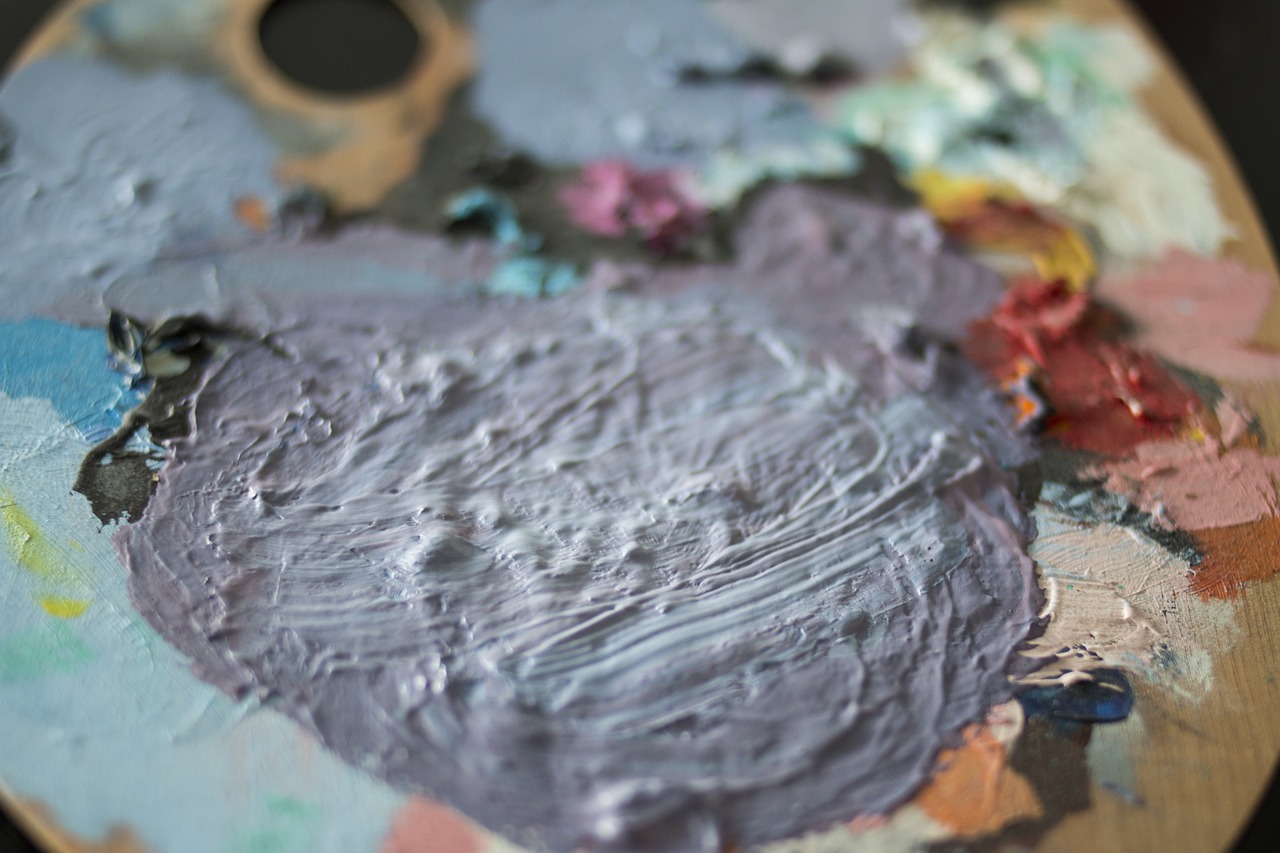
Innovative Mixing Techniques
When it comes to mixing colors, traditional methods are just the tip of the iceberg. Artists today are exploring that not only enhance the blending process but also add a unique flair to their artwork. Have you ever thought about how a simple change in your mixing technique could transform your painting? Let’s dive into some exciting methods that can elevate your creative game!
One popular technique is the use of a palette knife. Unlike brushes, palette knives allow for a more textured application of paint. They can create sharp lines, bold strokes, and even intricate patterns. Imagine spreading your paint like frosting on a cake! This method not only mixes colors effectively but also adds depth and dimension to your work. Artists often find that using a palette knife can lead to unexpected and delightful results, making each piece a unique adventure.
Another innovative approach is the wet-on-wet technique. This involves applying wet paint onto wet paint, allowing colors to blend seamlessly on the canvas. It’s like a dance between hues, where they swirl and mingle, creating beautiful gradients and soft edges. This technique is particularly popular in watercolor and oil painting, as it allows for a fluid, organic feel. The key here is to work quickly—once the paint dries, the magic is lost!
Have you heard of the pouring technique? This method involves mixing paint with a pouring medium and then pouring it onto the canvas. The result? Stunning, abstract designs that can look like a beautiful marbled surface. This technique is not only visually striking but also liberating; it removes the pressure of precision and encourages spontaneity. Just let the paint flow and see where it takes you!
For those who love to experiment, consider using a color wheel as a guide for mixing. Understanding complementary and analogous colors can open up a world of possibilities. By mixing colors that are opposite each other on the wheel, you can create vibrant contrasts that make your art pop! Additionally, using analogous colors can yield harmonious blends that are soothing to the eye. Keeping a color wheel handy can help you make informed choices and inspire new mixing techniques.
Lastly, let’s not forget about the role of digital tools in modern art. With software like Adobe Photoshop or Procreate, artists can experiment with color mixing without the mess of physical paint. These programs often include features that allow for layering, blending modes, and even custom brushes that mimic traditional techniques. The digital realm offers endless opportunities for innovation, making it easier than ever to explore new color combinations and mixing methods.
In conclusion, the world of color mixing is rich with possibilities. Whether you’re wielding a palette knife, pouring paint, or experimenting digitally, each technique offers a unique way to express your creativity. So, why not step out of your comfort zone and try something new? You might just discover a technique that resonates with your artistic style and takes your work to the next level!
- What is the best mixing technique for beginners? Start with the wet-on-wet technique, as it allows for easy blending and a forgiving approach to color application.
- Can I use a palette knife with all types of paint? Yes, palette knives work well with oils, acrylics, and even some watercolors, though the effects may vary.
- How do I clean my mixing tools? For palette knives and brushes, use soap and water immediately after use. For palettes, a gentle scrub with a non-abrasive cleaner will keep them in good condition.
- Are digital mixing techniques as effective as traditional methods? They can be! Digital tools offer unique advantages, such as undo options and layering, which can enhance your mixing experience.
Frequently Asked Questions
- What type of palette should I choose for acrylic painting?
For acrylic painting, a plastic or glass palette is often recommended. These materials are easy to clean and won't absorb the paint, allowing for smoother mixing and longer-lasting use. Plus, they can handle the quick drying time of acrylics without any hassle!
- Are wooden palettes better than plastic ones?
It really depends on your personal preference! Wooden palettes are loved for their warmth and aesthetic appeal, making them a favorite among many traditional artists. However, plastic palettes offer convenience and easy cleanup, which can be a lifesaver during a busy painting session. Ultimately, it's about what feels right for you!
- How do I maintain my wooden palette?
To keep your wooden palette in top shape, make sure to clean it thoroughly after each use. Avoid soaking it in water; instead, use a damp cloth to wipe off any paint residue. Applying a food-safe mineral oil occasionally can also help maintain its finish and prevent warping.
- What are the benefits of using a mixing tray?
Mixing trays are fantastic for artists because they provide a dedicated space for blending colors without cluttering your palette. They often come in various shapes and sizes, allowing you to experiment with different techniques and achieve unique color combinations effortlessly!
- Can I use a palette for oil painting?
Absolutely! Many artists prefer wooden palettes for oil painting due to their durability and the way they hold paint. However, plastic and glass palettes can also work well, especially if you want an easy cleanup. Just remember to choose a palette that suits your style and technique!
- What should I consider when choosing a mixing tray?
When selecting a mixing tray, think about its size and shape in relation to your workspace and the mediums you use. A larger tray might be better for extensive mixing, while a smaller one could be perfect for quick color blends. Material is also key—some artists prefer ceramic for its weight, while others like plastic for its lightweight and easy-to-clean nature.
- Are there innovative mixing techniques I can try?
Definitely! Experimenting with tools like palette knives, sponges, or even your fingers can lead to exciting textures and blends. You might also try using a color wheel to guide your mixing, ensuring you achieve the perfect hue every time!



















